Fun Anatomy and Physiology Worksheets
Are you a student or parent searching for engaging and educational resources to enhance your knowledge of anatomy and physiology? If so, you're in luck! In this blog post, we will be discussing the benefits of using worksheets specifically designed for studying the human body and its functions.
Table of Images 👆
More Other Worksheets
Kindergarten Worksheet My RoomSpanish Verb Worksheets
Cooking Vocabulary Worksheet
DNA Code Worksheet
Meiosis Worksheet Answer Key
Art Handouts and Worksheets
7 Elements of Art Worksheets
All Amendment Worksheet
Symmetry Art Worksheets
Daily Meal Planning Worksheet
What is the purpose of the respiratory system?
The purpose of the respiratory system is to facilitate the exchange of oxygen and carbon dioxide between the body and the environment. This system includes the lungs, airways, and muscles involved in breathing, which work together to allow oxygen to be absorbed into the blood and carbon dioxide to be removed from the body.
Describe the composition and function of red blood cells.
Red blood cells, or erythrocytes, are the most abundant cells in the blood that lack a nucleus and most organelles, allowing for more space to carry oxygen. Their primary function is to transport oxygen from the lungs to the tissues throughout the body and to carry carbon dioxide back to the lungs to be exhaled. This is accomplished through the protein hemoglobin, which binds with oxygen in the lungs and releases it in tissues. Red blood cells play a vital role in maintaining proper oxygen levels in the body, supporting energy production, and removing waste gases.
Explain how neurons transmit signals in the nervous system.
Neurons transmit signals through a process known as action potential. When a neuron is stimulated, a brief electrical impulse is generated and travels along the axon. This impulse triggers the release of neurotransmitters at the synapse, which then bind to receptors on the receiving neuron, leading to the generation of a new action potential. This process of electrical and chemical signaling allows for the transmission of information throughout the nervous system.
Describe the structure and function of the skeletal system.
The skeletal system is comprised of bones, cartilage, and connective tissues that provide structural support and protection to the body. It also plays a crucial role in movement by acting as attachment points for muscles, allowing for locomotion. In addition, the skeletal system is responsible for producing blood cells in the bone marrow and storing minerals such as calcium and phosphorus. Overall, the skeletal system maintains the body's shape, protects internal organs, and supports bodily functions.
What is the role of the liver in the digestive system?
The liver plays a key role in the digestive system by producing bile, a substance that helps with the digestion and absorption of fats in the small intestine. Additionally, the liver detoxifies harmful substances from the blood, stores vitamins and minerals, and regulates blood sugar levels by converting excess glucose into glycogen for storage or breaking down glycogen into glucose as needed by the body.
Explain the process of muscle contraction and relaxation.
Muscle contraction is initiated by electrical signals from the brain that travel down the spinal cord to the muscle fibers, causing calcium ions to be released from storage in the muscle cell. This triggers the proteins actin and myosin to interact, generating the force necessary for muscle contraction. During relaxation, the electrical stimulation stops, causing the calcium ions to be pumped back into storage, allowing the proteins to separate and the muscle to lengthen and relax. This process is essential for movement and bodily functions.
Describe the functions of the different types of blood vessels.
Arteries carry oxygen-rich blood away from the heart to the body's tissues and organs, providing essential nutrients and oxygen. Veins return oxygen-depleted blood back to the heart to be replenished with oxygen. Capillaries are thin vessels that connect arteries and veins, facilitating the exchange of nutrients, oxygen, and waste products with body tissues. Arterioles and venules help regulate blood flow and blood pressure by controlling the amount of blood that enters organs and tissues. Overall, blood vessels play a crucial role in circulating blood throughout the body to maintain proper function and health.
How does the endocrine system regulate various bodily functions?
The endocrine system regulates various bodily functions by producing and secreting hormones into the bloodstream. These hormones then travel throughout the body and act on target cells to control processes such as growth, metabolism, reproduction, and mood. The endocrine system helps maintain homeostasis by coordinating the body's responses to internal and external stimuli, ensuring that bodily functions are balanced and well-coordinated.
Explain the process of urine formation in the urinary system.
Urine formation begins in the kidneys, where blood is filtered to remove waste products, excess ions, and water. This process, called glomerular filtration, separates waste from useful substances. Next, in tubular reabsorption, useful ions and water are reabsorbed back into the blood, while waste and excess substances continue through the nephron tubules. Further refinement occurs in tubular secretion, where additional waste products are actively transported out of the blood into the tubules. The final product, urine, is formed as the remaining filtrate moves through the collecting ducts and is eventually excreted from the body through the urethra.
Describe the structure and function of the different parts of the female reproductive system.
The female reproductive system consists of several parts, including the vagina, uterus, fallopian tubes, and ovaries. The vagina is a muscular canal that connects the external genitalia to the uterus, where fertilized eggs can develop into a fetus. The uterus is a pear-shaped organ that houses and nourishes the fetus during pregnancy. The fallopian tubes are tubes that transport eggs from the ovaries to the uterus and are the site of fertilization. The ovaries are two small organs that produce and release eggs as well as the hormones estrogen and progesterone. Together, these parts work to facilitate menstruation, ovulation, fertilization, and pregnancy in the female reproductive system.
Have something to share?
Who is Worksheeto?
At Worksheeto, we are committed to delivering an extensive and varied portfolio of superior quality worksheets, designed to address the educational demands of students, educators, and parents.

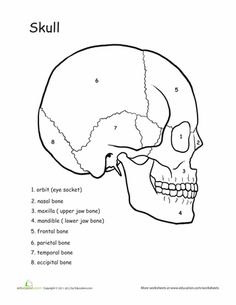



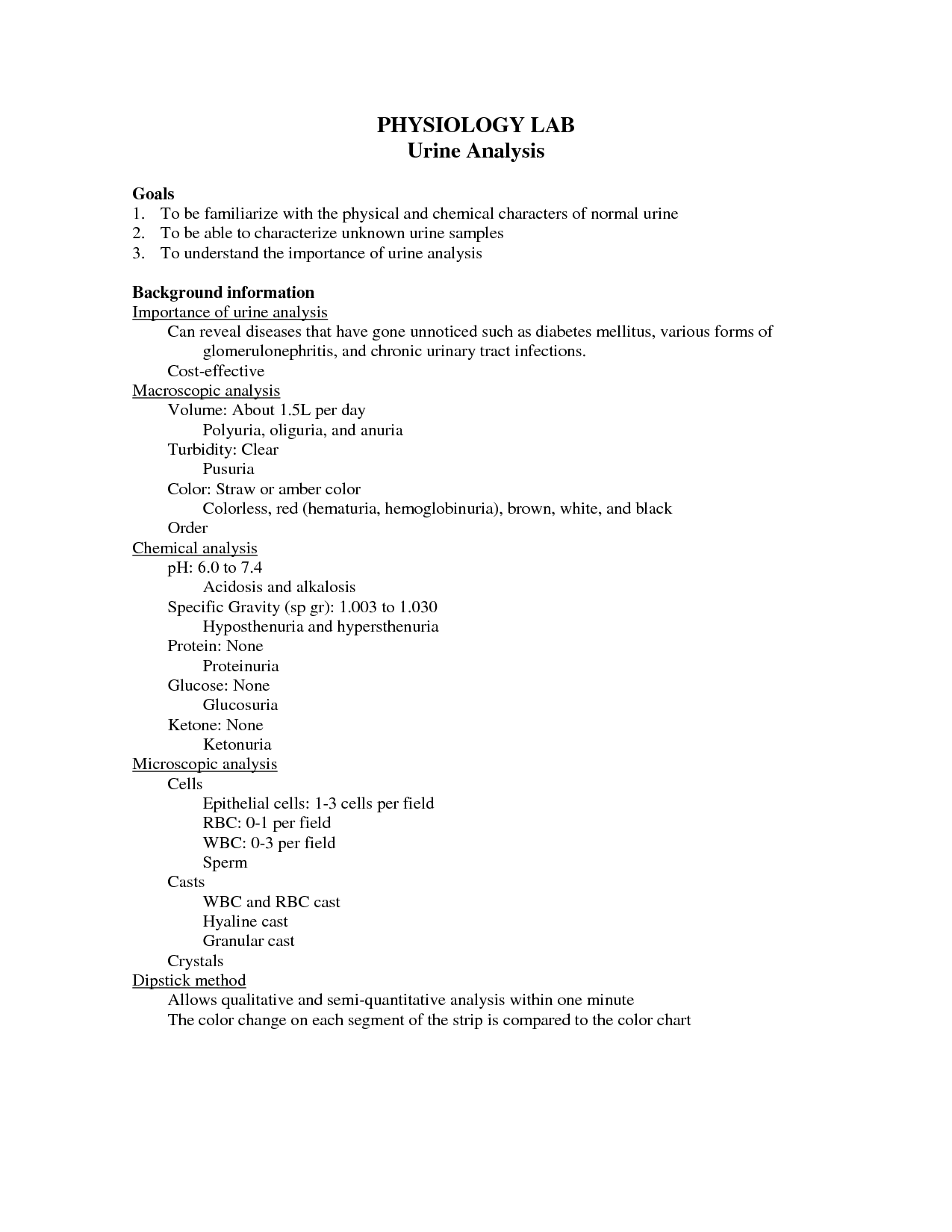
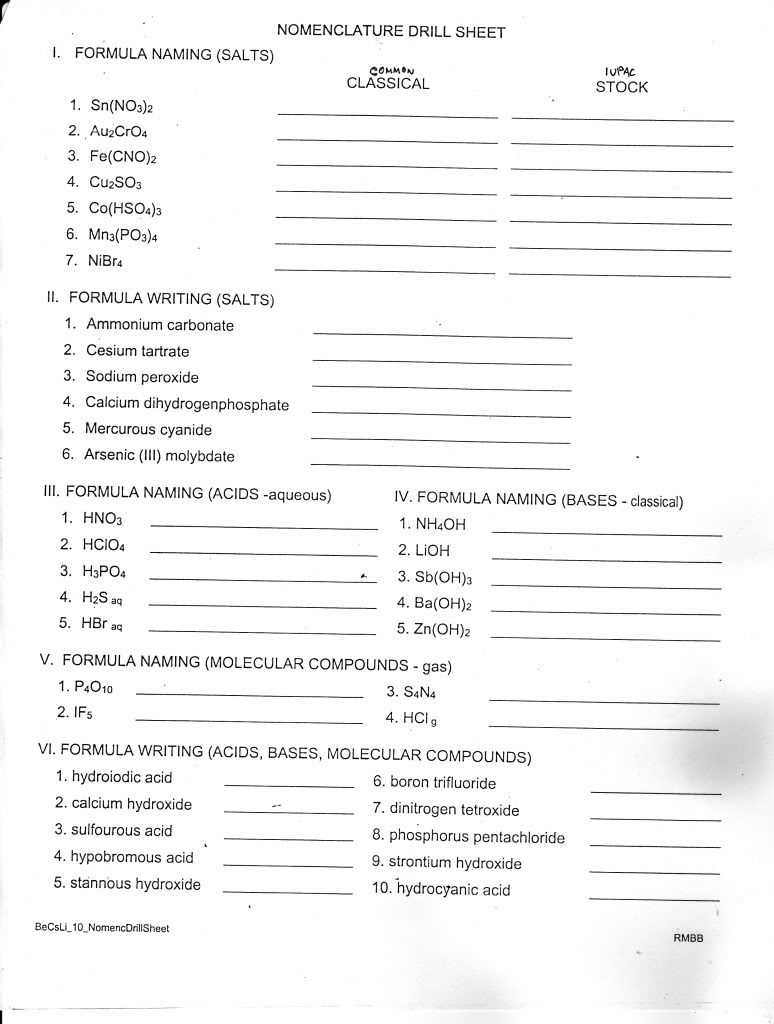
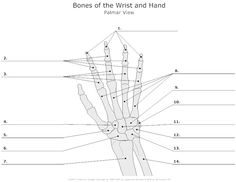

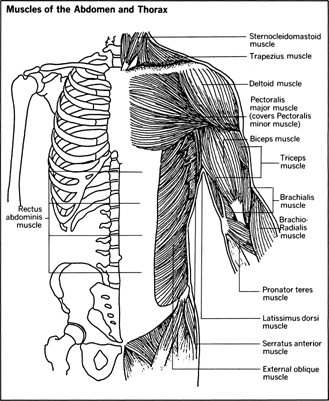
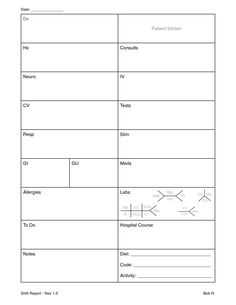
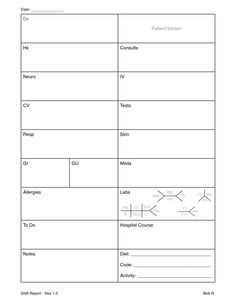
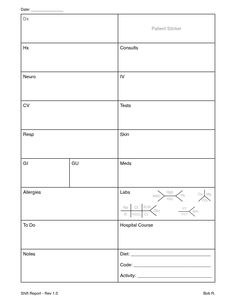
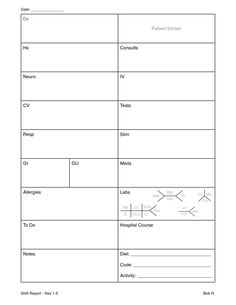
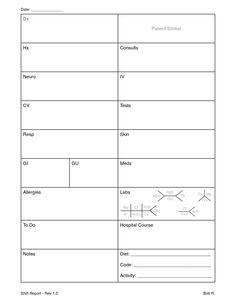
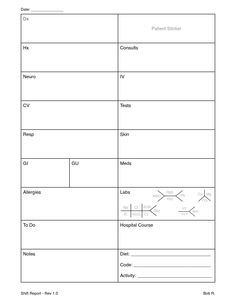
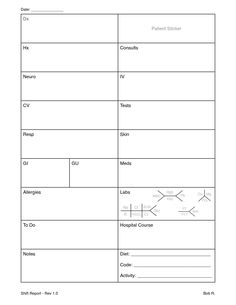
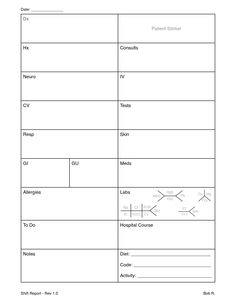
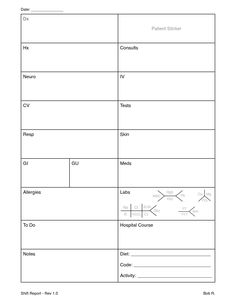














Comments